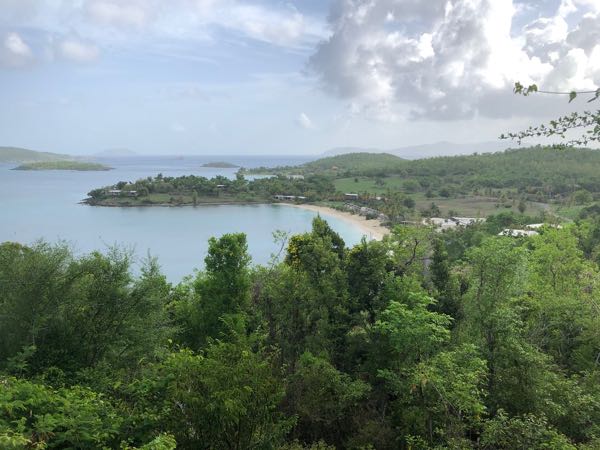
So as you all know, we’re not too happy with what’s going on at Caneel Bay. The resort remains closed; very little cleanup has occurred; and the leaseholder wants $70 million to walk away. They also want protection from any “environmental liability”. Hello red flag.
We wrote back in October that a major sticking point in the lease negotiations between CBI Acquisitions (the current leaseholder at Caneel Bay) and the National Park Service had to do with the presence of hazardous waste on the 170-acre property. CBI has known for at least five years that there was hazardous waste on the property, yet it appears CBI Acquisitions has done nothing to address this issue.
At this point, we are going to defer to our friend Kurt Repanshek of National Parks Traveler. Kurt posted a story earlier today that details some of the hazards present on the Caneel property and how CBI was aware of the environmentally-concerning situation all the way back in 2014. Rather than reinvent the wheel here, we’re going to cite Kurt directly.
Here is a portion of what he wrote today in National Parks Traveler.
Nearly two years since a one-two hurricane punch pounded Virgin Islands National Park and ravaged the high-end Caneel Bay Resort, secrecy shrouds not just the future of the resort but the extent of environmental contamination of its grounds.
National Park Service authorities acknowledge there is some environmental contamination at the resort that requires following the guidelines of the Comprehensive Environmental Response, Compensation, and Liability Act of 1980. But they have been silent as to what, if any, progress has been made in determining the extent of the contamination and whether any cleanup has occurred.
For its part, CBI Acquisitions, LLC, the subsidiary of Stoneleigh Capital that operates the resort, not only wants to wash its hands of the storm-battered resort, but wants $70 million in compensation and indemnification from any environmental problems there.
After giving some background on the lease, how it’s supposed to revert to the Park in 2023 and how CBI sought a 60-year RUE extension but failed, Kurt continued…
Those extension efforts, unsuccessful so far and possibly facing greater headwinds now that Democrats control the House of Representatives, have overshadowed what, if any, efforts the National Park Service has made to see the property revert to its oversight as Rockefeller intended.
Also out of the public’s eye is the environmental condition of the property. When Rockefeller structured the RUE that allowed the Caneel Bay Resort to be operated for private profit, among the provisions he saw inserted was the requirement that the operator use and maintain the grounds in a way that is “consistent with the preservation of such outstanding scenic and other features of national significance, and preseve the Premises to the extent feasible in their natural condition for the public benefit, enjoyment, and inspiration…”
Whether that has been done is questionable.
Initial documents Traveler obtained through a Freedom of Information Act request included a 2014 environmental assessment of the Caneel Bay Resort property that raised questions of contamination from SVOCs — semivolatile organic compounds — often related to pesticides, and arsenic. “In addition, there are concerns for leachability of SVOCs, arsenic and mercury to groundwater,” the report noted.
The surveys also found concentrations of total petroleum hydrocarbons and diesel range organics above acceptable levels set by the Virgin Islands Department of Planning and Natural Resources.
While the assessment called for more extensive testing to determine the extent of these contaminants — both across the ground surface and to determine depth of contamination — records Traveler obtained said CBI had refused to allow a contractor for the Park Service to access the grounds to perform further testing.
Those May 2017 briefing notes made by Gordy Kito, the Park Service’s leasing program manager, pointed out that “(T)he Department of Interior Solicitors Office believes that the NPS has the right to access the property to drill test wells.” But at the time, no follow-up request for access had been made.
While Traveler’s FOIA request has not been answered completely by the Park Service — it was delayed by the partial government shutdown earlier this year and, more recently, by litigation involving a different orgnization’s FOIA request — agency Service personnel in Washington, D.C., and the Park Service’s Southeast Regional Office have been unable to say whether additional testing has been done.
But the specter of serious environmental contamination of some extent to the resort property that fronts its namesake bay with its sugar-sand beaches and turquoise waters was raised by Rep. Plaskett late last month when she announced in a press release that CBI has asked to be paid $70 million to be released from the RUE and wants to be indemnified “from any environmental claims … ” (emphasis added.)
Plaskett issued the release on May 30 to inform her constituents that she had written Interior Secretary David Bernhardt to formally request that Interior provide her with “full transparency” concerning Caneel Bay Resort, CBI’s request that it be allowed to terminate the RUE and walk away, and Interior’s response to that request.
The Park Service and CBI Acquisitions supposedly have been trying for years to reach a lease agreement to succeed the RUE. While Engle told a congressional committee a year ago that the Park Service has never engaged in “substantive discussions” about a successive lease agreement beginning in 2023, Traveler has learned that Jo Pendry, the former chief of the Park Service’s concessions program, had made trips to the Virgin Islands as long ago as 2010 to discuss a lease with CBI.
So….
- CBI, the leaseholder of Caneel, has known since at least 2014 that there has been hazardous waste on the property, but refused to allow representative from the National Park Service access to address it.
- CBI, the leaseholder of Caneel, has known since at least 2014 that there has been hazardous waste on the property, but has not cleaned it up.
- CBI, the leaseholder of Caneel, wants to walk away and does not want to address the hazardous waste that’s been on the property CBI has controlled since 2004.
- CBI, the leaseholder of Caneel, told a congressional committee that the Park Service has never engaged in “substantive discussions” regarding lease agreement beginning in 2023; yet the former chief of the Park Service visited St. John as far back as 2010 to engage in such discussions.
- CBI, the leaseholder of Caneel, has done very little in terms of hurricane cleanup on the property.
- CBI, the leaseholder of Caneel, continues to restrict access to the public beaches located within the property.
- CBI, the leaseholder of Caneel, has refused to pay pensions to many of its deserving employees.
And now CBI wants $70 million to walk away and they want to be held harmless with regard to the hazardous waste on the property which is potentially polluting our ocean. Shouldn’t CBI be paying to clean this property up??
Dear Gary Engle (I know you read NOST), please just walk away. You treated your employees poorly. You treated this community poorly. You are treating the land your resort sits on poorly. You don’t deserve a dime. If anything, you owe us.



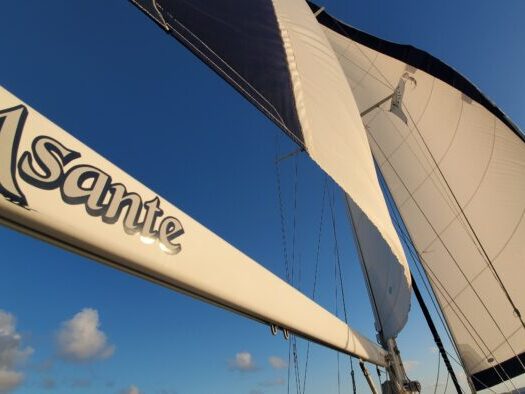
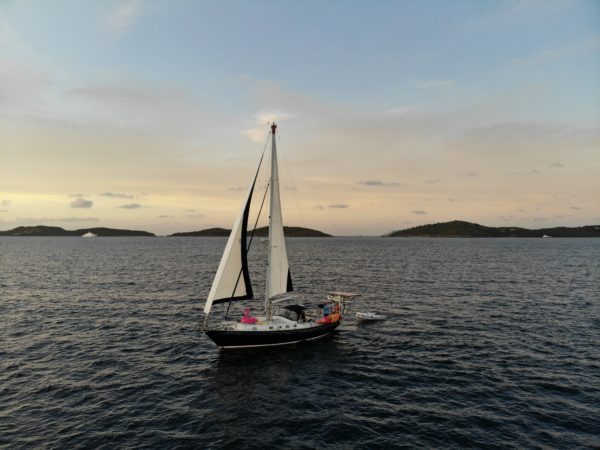

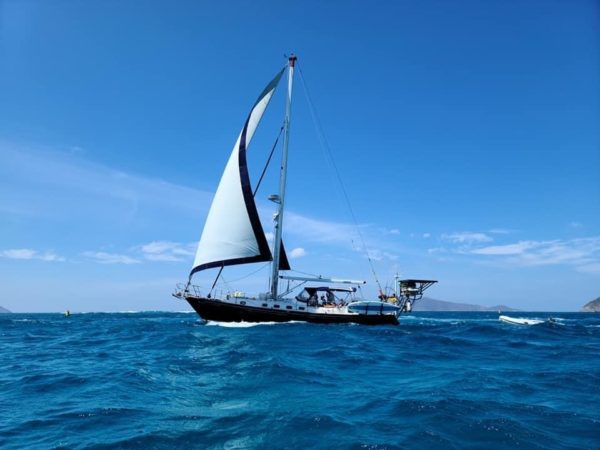
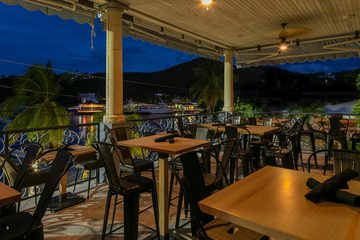

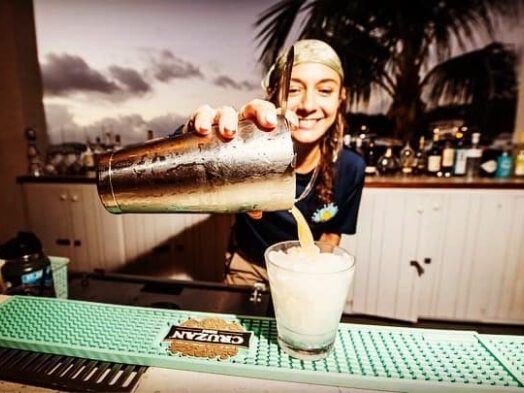




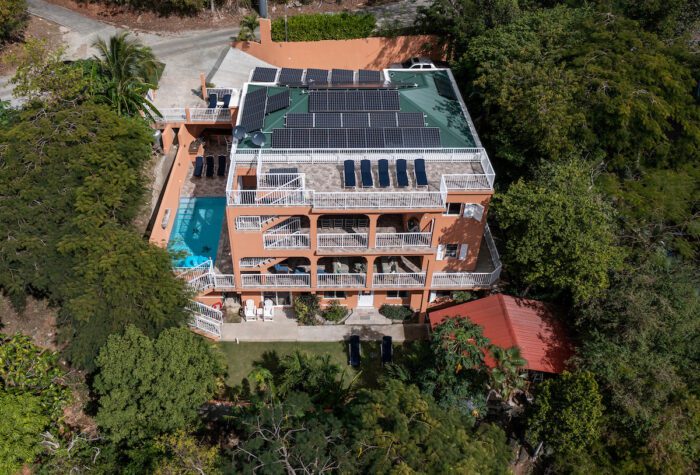

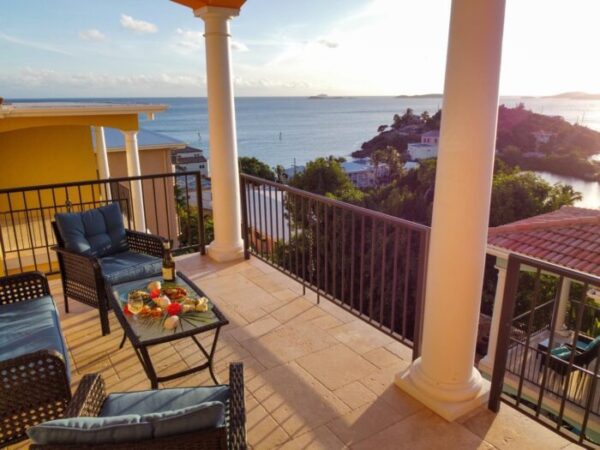

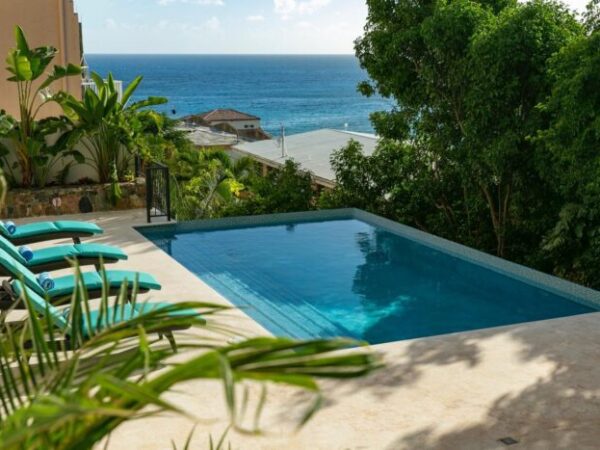


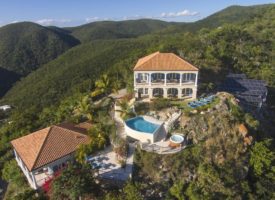


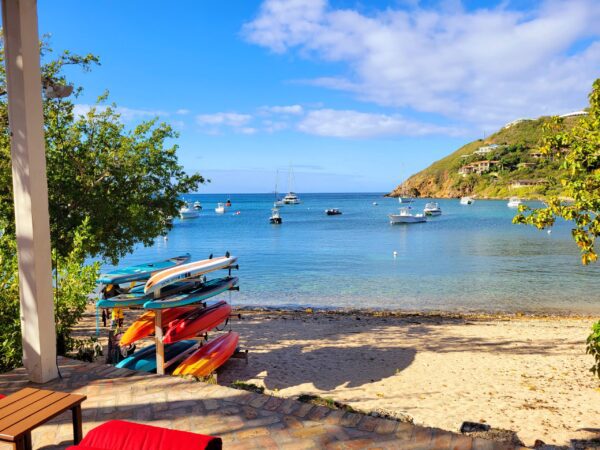
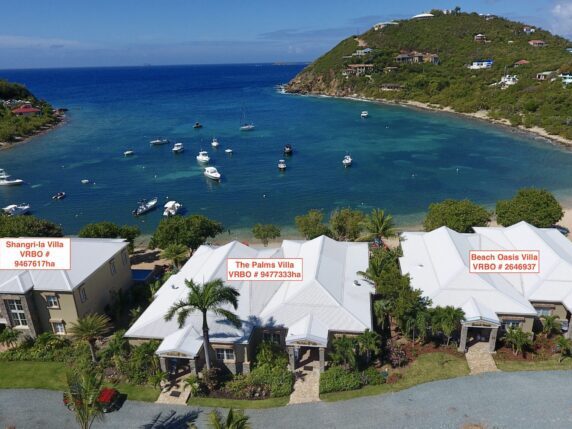

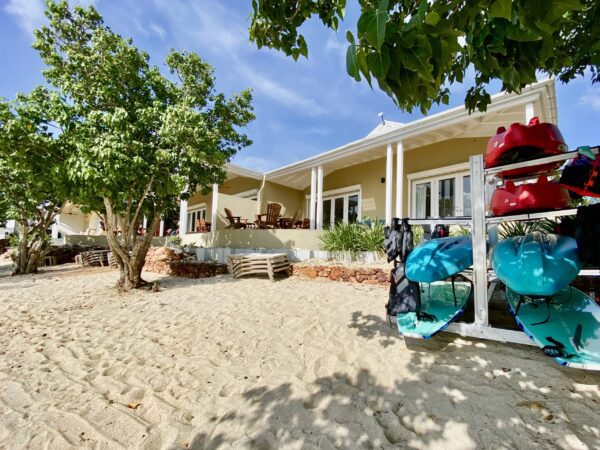
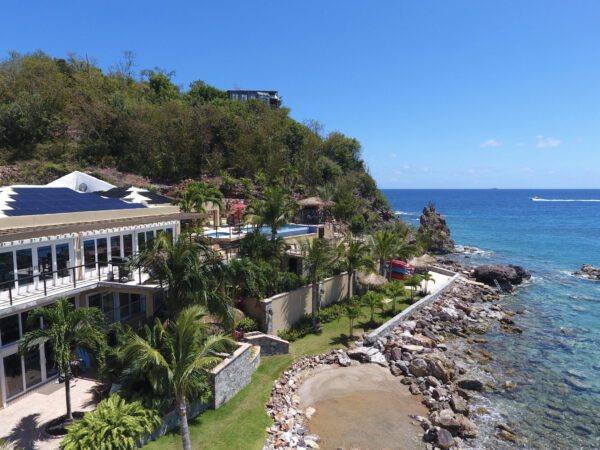
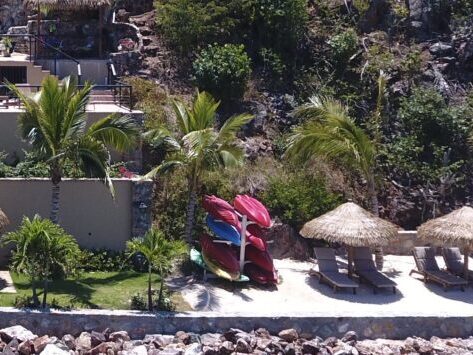
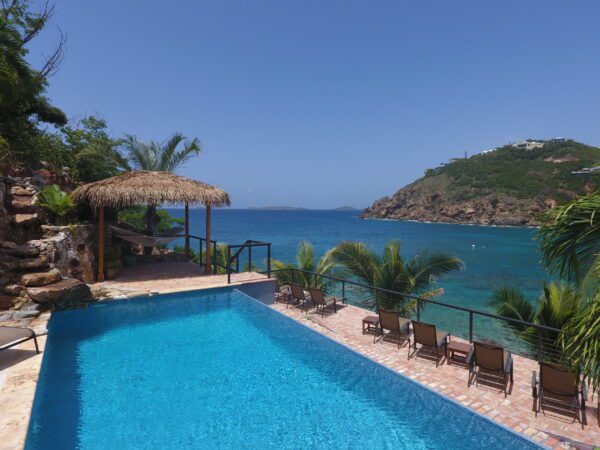
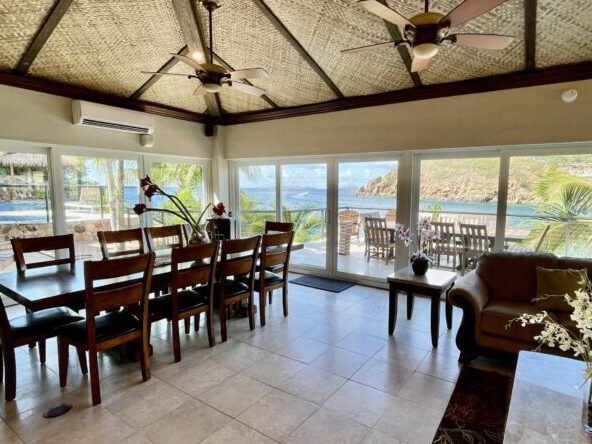
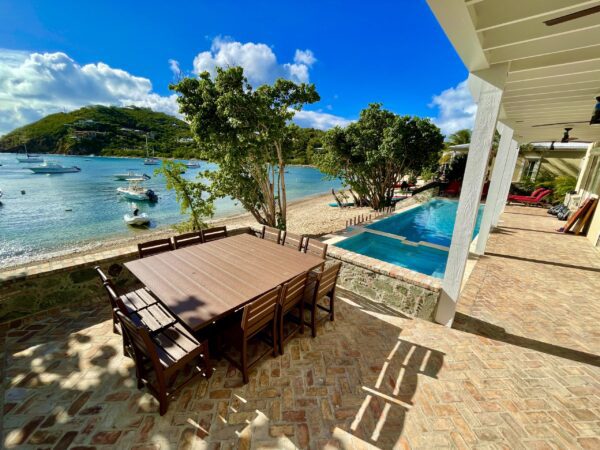






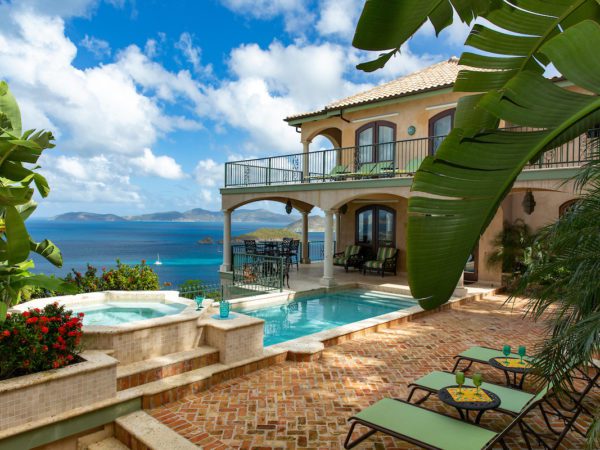
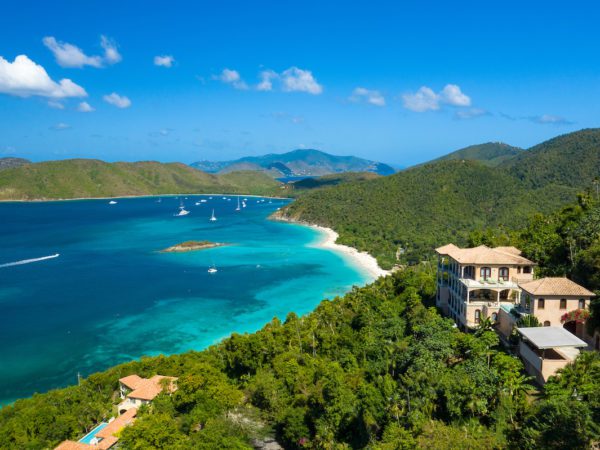

















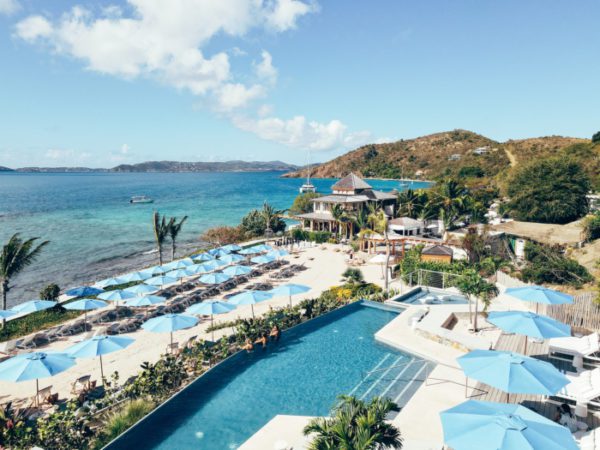

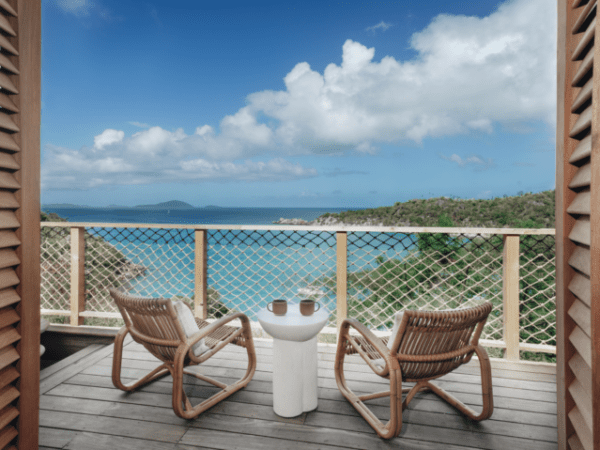
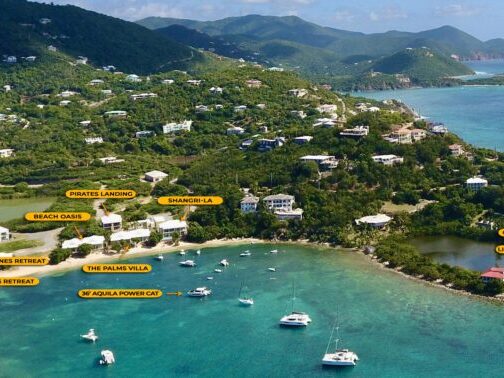
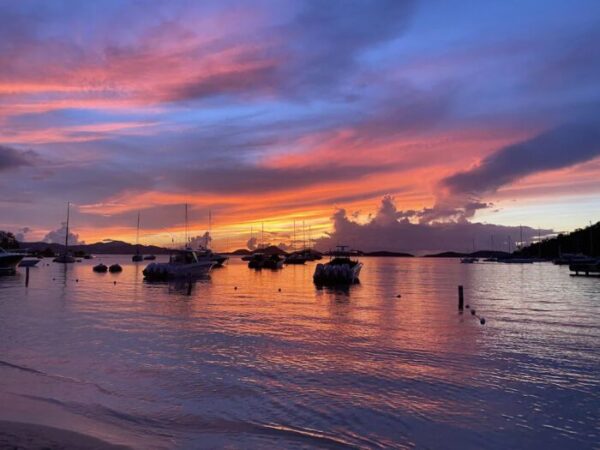
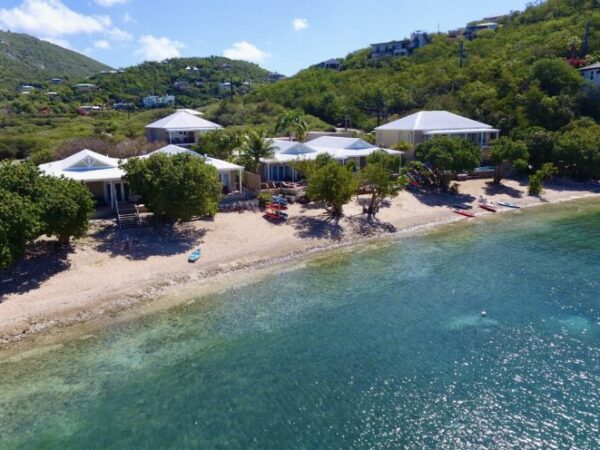
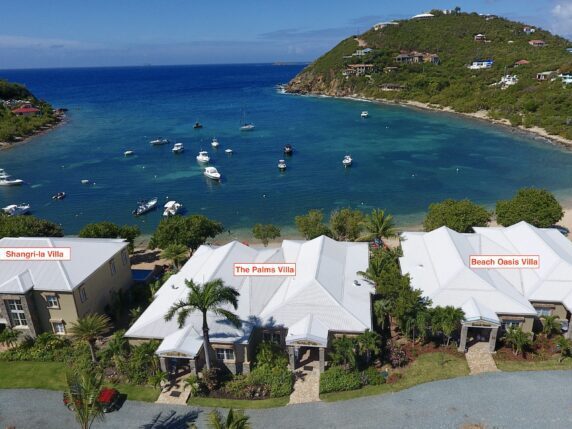


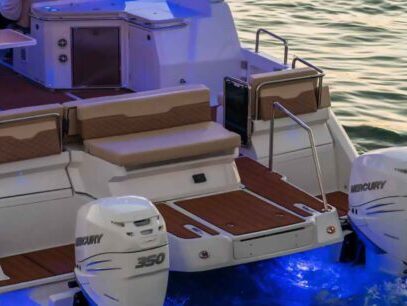
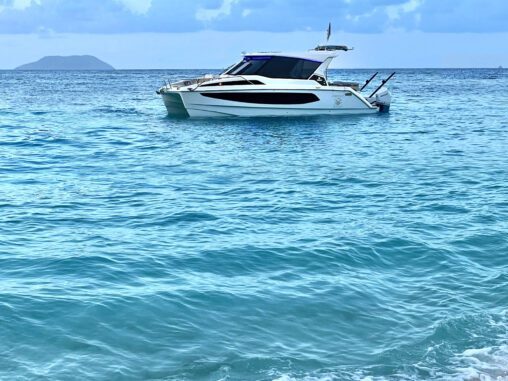



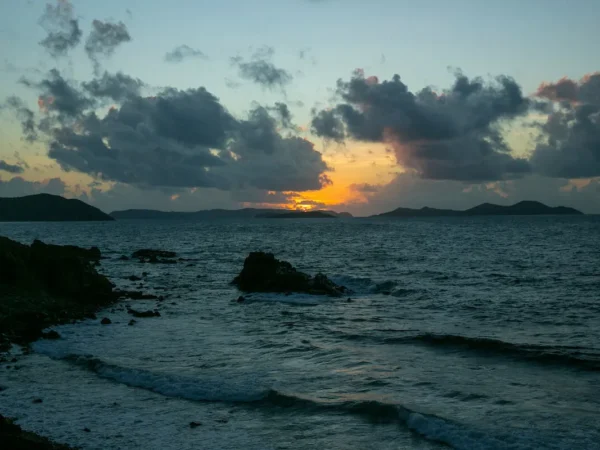

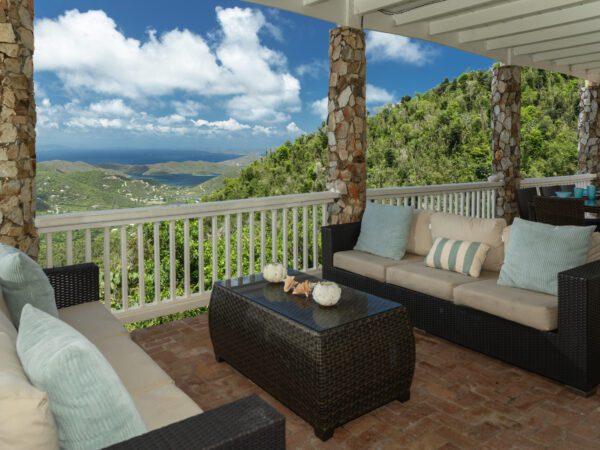

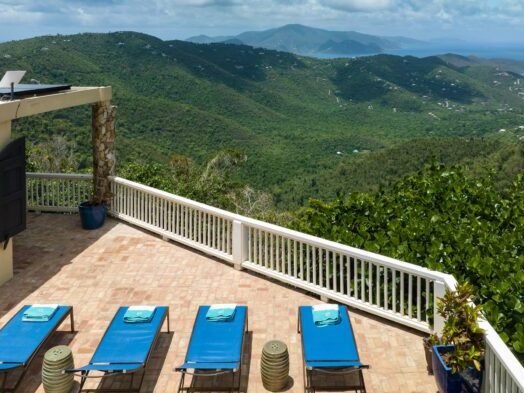
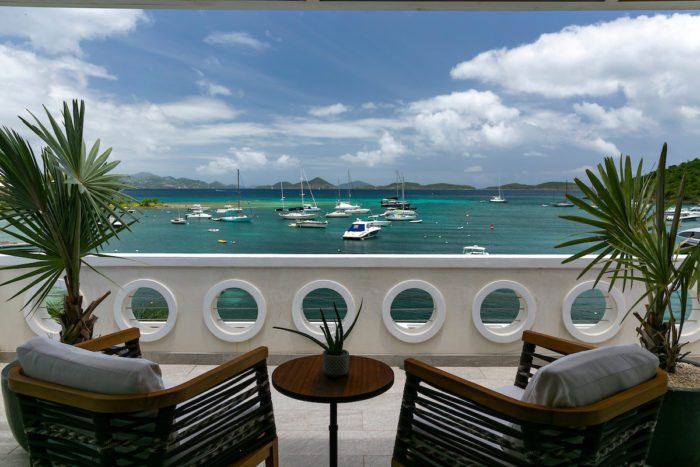

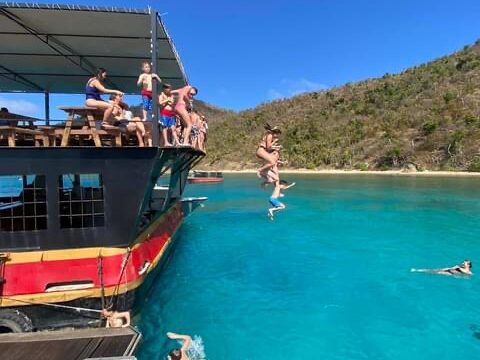

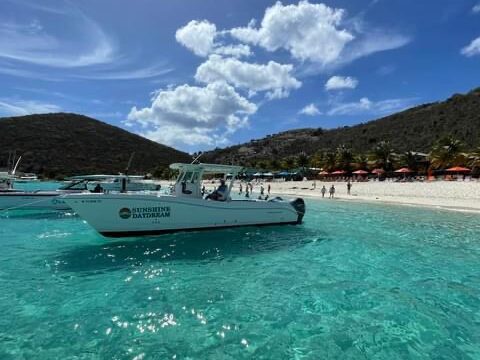
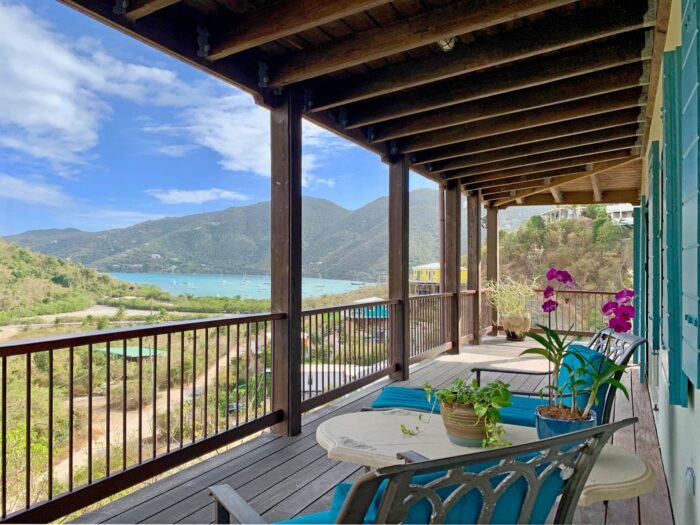

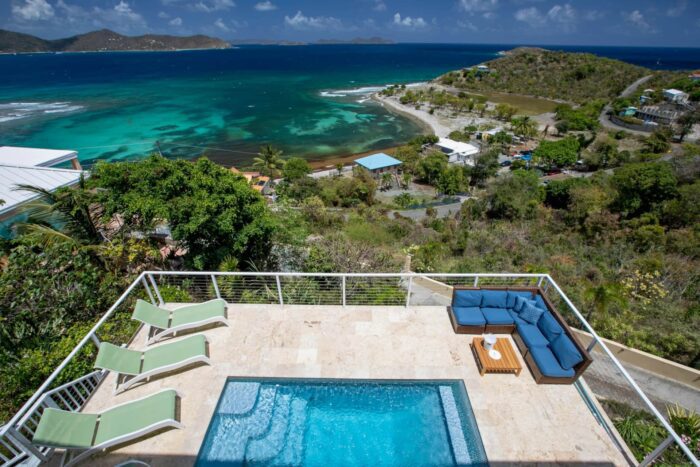


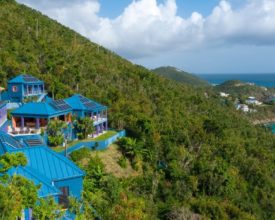












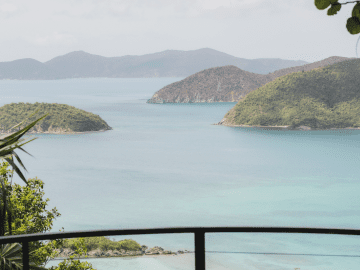

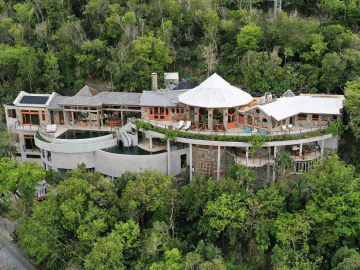

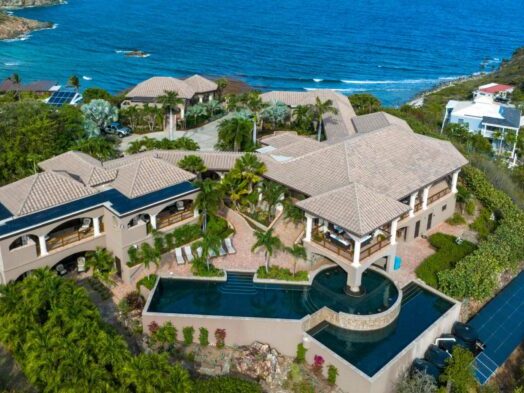

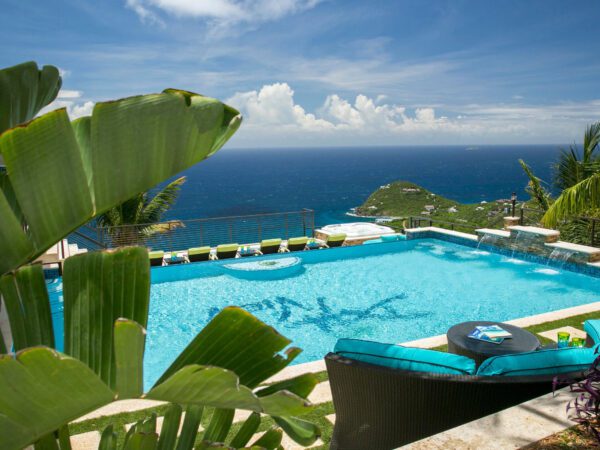
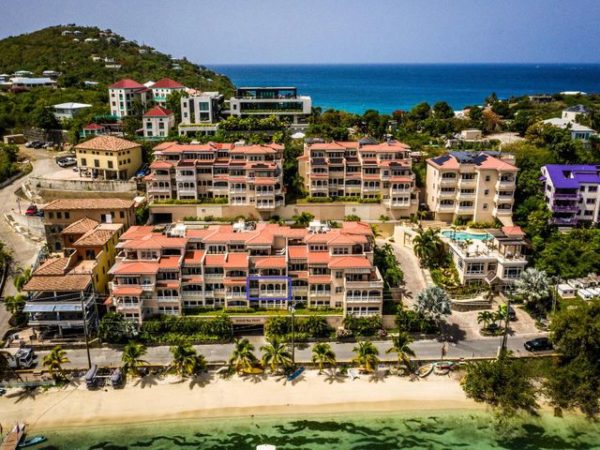


Contact 20/20 or 60 minutes or another investigative news show?
Beautiful piece of the island obviously totally mismanaged doesn’t hazardous waste issues give the government the ability to step in. Let us know who in govt needs to be contacted
Back in the day (60s- 70s) we used to go up by the Caneel water catchment regularly. In one area (by the old quarry) there were abandoned machines and 55 gallon drums. Many of the drums contained foul petroleum-smelling liquid; some were leaking. We had no idea what it was but we kept our distance. This was in the gut above NPS Hawksnest and undoubtedly some of it made its way into the watershed.
This was way before CBI. At the time Caneel belonged to Rockefeller.
Edward, do you think the hazardous waste they’re referring to now has been on the property since the 60s or 70s?
I do, but at the same time the current lease holders probably signed onto the responsibility. Foolish as it might have been, could easily be the case.
There has been some there since the 60s. What they’re talking about now is probably a combination of old and new.
Thanks Edward.
I don’t doubt that one bit. If the CBI assumed liabilities known or unknown for environmental issues, then they are stupid beyond belief; but if the contamination happened during the massive excavation and building by the Rockefeller’s, then they basically gave that liability to the NPS and they accepted it blindly.
Keep in mind the time lines also, enviro laws and regulations were no where near (if present at all)like they are these days, so you need to take into account the time at which these agreements were signed.
Did Nelson give away land to the NPS that he knew was contaminated? Maybe but I doubt it. Did the NPS accept it for free knowing it was contaminated and not care … doubt it, but possible. Did the NPS lease land that was contaminated and not tell the lessor? doubt it but possible.
Is the land contaminated by current standards and not by the standards of the day…most likely.
Think about it, you run bull dozers over land for years and make roads and infrastructure etc. this machines needs to be greased and oil changed ,etc… where did you think it went?
Can you provide some details as to what the possible cause of the environmental waste is? Were there chemicals being stored on property that the hurricanes disrupted? Or was this more like pesticides and other landscaping chemicals were being extensively used to keep the property looking good?
I have been following all of this with you from the beginning. As all of this unfolds, it brings to mind two things that I have learned in my lifetime. First, no lie ever stays buried. It always works its way out and secondly karma. A high end resort ran off the backs of their workers and a total disregard for the land and the ocean and all creatures that that depend on it. The greed of not wanting to pay the money and take the steps to have that waste properly disposed of will bring a dose of karma back to those involved. I truly believe this. Please keep updating and letting us know what we can do if anything.
Put him in jail.
As an environmental consultant for more than 35 years, I would love to assist the NPS and the community in this matter. Let me know if I can help in any way.
Sounds like the investors knew about the hazard, did nothing but allow the chemicals to continue to migrate, squashed it while they were there, now they want to wash their hands clean, hmmm no, lucky they dont do jail time for neglect. If pesticide chemicals back in the 60’s/70’s, probably a organochlorine product (Chlordane/Lindane), leaches into soil for a long time/years. Need to replace the soil/sand, asap.
This whole thing is so sad and frustrating. Maybe it is a good idea to get 20/20 or 60 minutes to expose this further. Also, if there is anything your readers can do like call someone in gov’t or a petition to sign would be more then happy to help.
With the current administration all for privatization of National Parks this doesn’t seem like the time to fight. Probably both sides realize nothing will be accomplished much less resolved until the lease runs out. A very sad state of affairs with such a beautiful area being held hostage by CBI.
Back in the 60’s, no thought was given to digging holes in the ground and dumping contaminants in. The governments themselves were the biggest offenders. All would have been, at the very least, somewhat better had the stuff just been left on the ground to volitize naturally into the air. In any case, I don’t believe anyone back then even had a thought about any potential environmental impact, but once knowledge of the problem was evident, walking away from it was not an option.
Who is making the decision on buying back the RUE and letting them off the hook for environmental issues? who ever that is should be made aware that there will be public scrutiny on the deal. If nothing happens and the RUE runs out,do they kept the insurance money?
Your are not required to use insurance money to rebuild.
DO NOT get the local government involved. Nothing good will happen. Look how long it took them to connect the bridge on STT – 20 years.
I would contact an investigator with connections, such as 20/20 or 60 minutes or the Federal Government.
Such a shame it’s been sitting, when it was an amazing property.
I love the 20/20 or 60 Minutes type of idea. Expose these a-holes. How can we make that happen??
Has anyone actually read the letter from Gary Engle to the DOI? I just did. They make a pretty strong case for their position. The $70MM is for all the lease-hold improvements to infrastructure including water and technology on Caneel Bay. It seems like a rationale move to make (I.e. present an offer to leave) if you cannot get a deal going after all these years. The environmental issues seem like they were going on long before CBI got there. I don’t see how CBI could prevent the NPS from coming on the property and conducting their tests and working with CBI to make the improvements. It seems like that would be against the law and arrests would be in order. For those who really are not fans of Gary Engle and CBI you may get your wish and see them leave. Then what? Did you read that CBI owns the Caneel Bay Marina? Any new player will need to negotiate with CBI. Yikes. Please realize I have never met Gary Engle or anyone at CBI and I am sure they have not done everything right here. But as a woman who has been in business for 40 years, I kind of see their perspective.
Good discussion. An environmental assessment needs to be made ASAP by a qualified contractor. The leaseholder should not be able to block access to the Federal Gov’t (landowner) contractor. There is a strong public interest here in first assessing the situation then let the chips fall where they may regarding liability for cleanup. This could be a superfund site and the sooner it is assessed and contained the better.